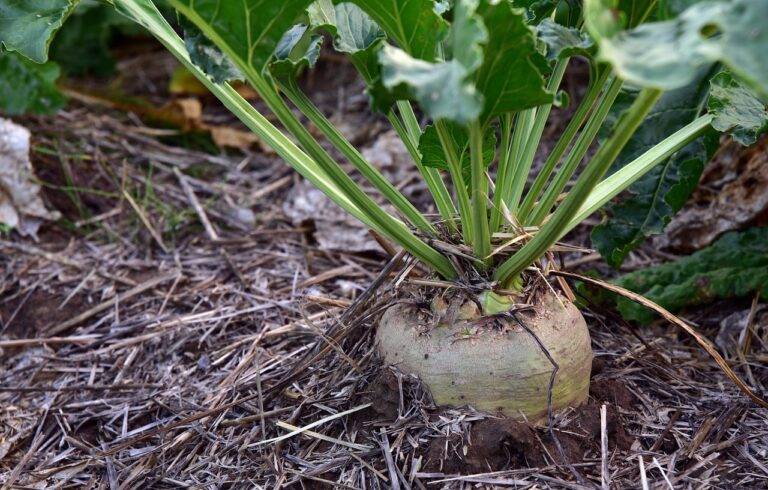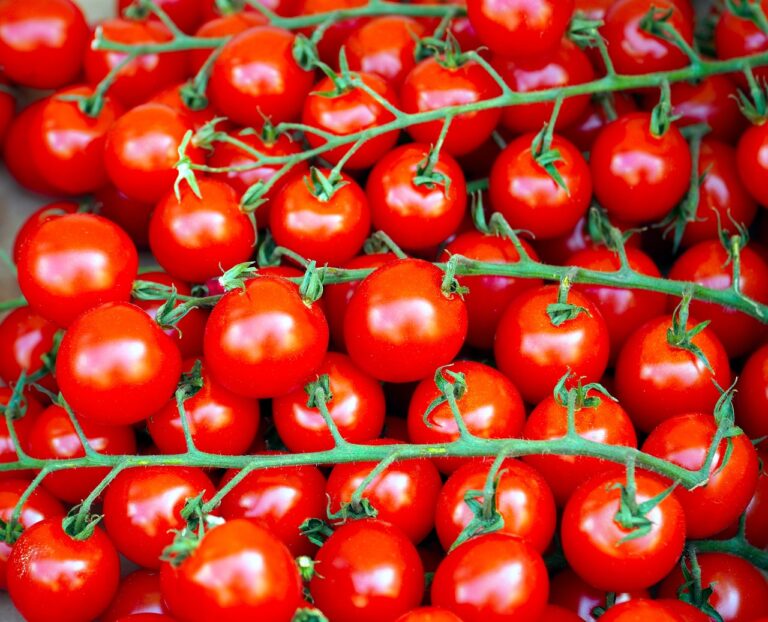Sustainable Seafood: Making Ocean-Friendly Choices
Sustainable seafood is a choice that carries significant environmental benefits. By opting for sustainable options, consumers support practices that promote the health and biodiversity of our oceans. This includes aiding in the conservation of marine species and habitats, thus contributing to the overall well-being of marine ecosystems.
Furthermore, choosing sustainable seafood can play a crucial role in preserving the livelihoods of fishing communities worldwide. By endorsing sustainable fishing practices, individuals can help safeguard the stability and longevity of the fishing industry. This ensures that future generations will have access to plentiful and diverse seafood options, while also fostering economic prosperity within coastal communities.
Understanding the Impact of Overfishing
Overfishing is a critical issue affecting marine ecosystems worldwide. As fish stocks are depleted at unsustainable rates, it disrupts the delicate balance of the ocean’s biodiversity. This depletion not only harms the species being targeted but also has cascading effects on other marine life and the overall health of the ocean.
The impacts of overfishing extend beyond the depletion of fish populations. It can also lead to the collapse of fisheries, affecting the livelihoods of fishermen and coastal communities that depend on these resources. Additionally, overfishing can disrupt marine food chains and ecosystems, causing long-term damage that may be irreversible if not addressed effectively.
How to Identify Sustainable Seafood Options
Shopping for sustainable seafood can be a daunting task, but with a little knowledge, you can make informed choices that support the health of our oceans. One way to ensure you’re selecting sustainable options is to look for specific certifications, such as the Marine Stewardship Council (MSC) or Aquaculture Stewardship Council (ASC) certifications displayed on the packaging.
Additionally, you can ask your local fishmonger or seafood supplier about where the seafood comes from and how it was caught or farmed. They should be able to provide you with information about the sustainability practices associated with the seafood they offer. By taking these steps to identify sustainable seafood options, you can play a role in promoting responsible fishing practices and help preserve marine ecosystems for future generations.
Why should I choose sustainable seafood options?
Choosing sustainable seafood helps to protect marine ecosystems, preserve fish populations for future generations, and support responsible fishing practices.
What is the impact of overfishing?
Overfishing can lead to declines in fish populations, disrupt marine ecosystems, and threaten the livelihoods of fishing communities around the world.
How can I identify sustainable seafood options?
Look for sustainable seafood certifications, such as the Marine Stewardship Council (MSC) or the Aquaculture Stewardship Council (ASC) labels, ask your seafood provider about their sourcing practices, and refer to seafood guides from reputable organizations like Seafood Watch.
Are there any specific seafood species I should avoid?
Some seafood species are more vulnerable to overfishing than others, such as Atlantic bluefin tuna, Chilean sea bass, and shark. It’s important to check seafood guides and choose alternatives when possible.







